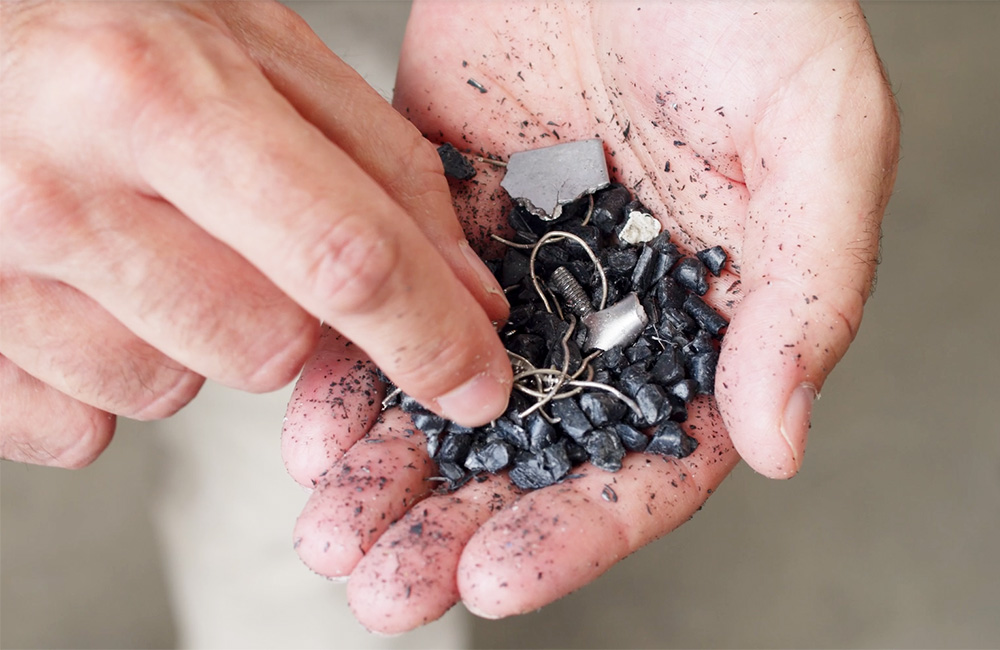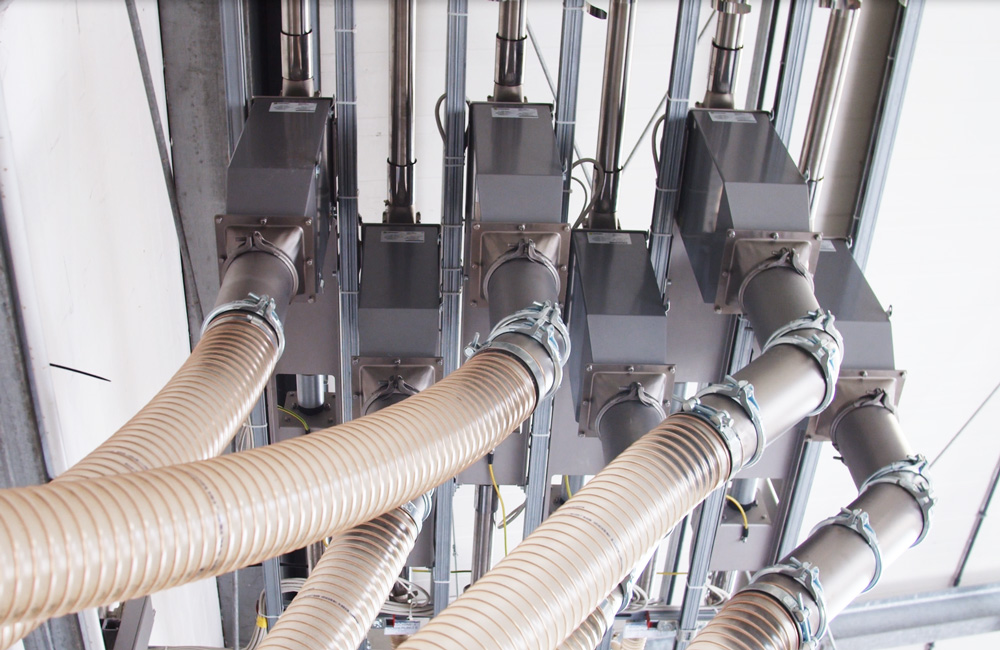The problem of plastic waste seems insurmountable. The good news is plastic recycling is on the rise and that is good for the circular economy. In parts 1, 2 and 3, we delved into the role of the waste management and recycling industry and how material sorting technologies can help. Part 4 is all about the increased use of recyclates as an essential part of properly closing the plastic cycle. [embedded content] The plastics industry is facing a great many challenges. Harvesting recyclates from waste is only worthwhile if the plastic has been properly sorted and does not contain any metal, and if the products made from the secondary raw material are similar in quality to those made from new plastic. Manufacturing recyclates from plastic waste is the first
Topics:
run75441 considers the following as important: climate change, Hot Topics, Taxes/regulation, US/Global Economics, Waste Management
This could be interesting, too:
NewDealdemocrat writes JOLTS revisions from Yesterday’s Report
Joel Eissenberg writes No Invading Allies Act
Joel Eissenberg writes How Tesla makes money
NewDealdemocrat writes January JOLTS report: monthly increases, but significant downward revisions to 2024
The problem of plastic waste seems insurmountable. The good news is plastic recycling is on the rise and that is good for the circular economy. In parts 1, 2 and 3, we delved into the role of the waste management and recycling industry and how material sorting technologies can help. Part 4 is all about the increased use of recyclates as an essential part of properly closing the plastic cycle.
The plastics industry is facing a great many challenges. Harvesting recyclates from waste is only worthwhile if the plastic has been properly sorted and does not contain any metal, and if the products made from the secondary raw material are similar in quality to those made from new plastic.
Manufacturing recyclates from plastic waste is the first step. But in order to fully close the plastic cycle, more recyclates need to be used in the manufacturing of new products. This is a lucrative business for plastics processors, as recyclates are cheaper than new materials.
With material costs in the plastics industry accounting for 40% to 80% of total expense, depending on the segment, using recycled materials can significantly increase profitability. In addition, the secondary raw material in its ultra-pure state has practically the same characteristics as new plastic.
Yet there are still a number reservations in the industry when it comes to recyclates. The quality of the input material is particularly important in this regard. Recyclates must be free from any contamination to protect processes and machines from damage and ensure that the final products meet high standards of quality.
Survey on the Use of Recyclates by Processers on the Leap
FINDINGS OF A SURVEY ON THE USE OF RECYCLATE BY PLASTICS PROCESSORS IN EUROPE (IK Survey – Nov. 2017, excerpt)
- Lack of quality and security of supply are the key challenges facing plastics processors at the moment.
- Price is the main incentive for companies to switch to using recyclates.
- The attitude of processing companies’ customers regarding the use of recyclates needs to be improved.
- The introduction of quality standards for recycling could lead to companies using more recycled plastics.
- Despite the numerous obstacles, the vast majority of European plastics processors already use recyclates – for cost reasons.
MAIN TOUCHPOINTS:
- Increase volumes and quality in the recyclate market.
- Increase demand and improve the acceptance of recycled plastics.
- Increase innovation to find additional processing technologies.
 Metal particles are among the most common forms of contamination affecting the quality of recyclates. These particles must be removed prior to processing to prevent flawed plastic parts from being produced and to prevent machinery from standing idle. Damaged plasticising screws, blocked hot runners, and under-injected (short runs) plastic parts are all issues caused by metal contamination.
Metal particles are among the most common forms of contamination affecting the quality of recyclates. These particles must be removed prior to processing to prevent flawed plastic parts from being produced and to prevent machinery from standing idle. Damaged plasticising screws, blocked hot runners, and under-injected (short runs) plastic parts are all issues caused by metal contamination.
Idle machinery, machinery downtime, and recalls are costly and can damage a company’s image. Furthermore, they all lead to valuable material being wasted.
The solution to this problem is to use metal detectors and separators. For example the compound manufacturer Sitraplas has used metal separators since 2006 to detect and sort out metal contaminants. Installed directly before the conveyor pipe, they detect the finest metal particles in a fraction of a second and remove them using a reject mechanism.
Metal separators therefore help enhance the quality of recyclates, allowing them to be used without risk, and make a sustainable contribution to a properly functioning circular economy.
 The solution to this problem is to use metal detectors and separators. Compound manufacturer Sitraplas, for example, has used metal separators since 2006 to detect and sort out metal contaminants. Installed directly before the conveyor pipe, they detect the finest metal particles in a fraction of a second and remove them using a reject mechanism.
The solution to this problem is to use metal detectors and separators. Compound manufacturer Sitraplas, for example, has used metal separators since 2006 to detect and sort out metal contaminants. Installed directly before the conveyor pipe, they detect the finest metal particles in a fraction of a second and remove them using a reject mechanism.
Metal separators enhance the quality of recyclates, allowing them to be used without risk, helping make a sustainable contribution to a properly functioning circular economy. and closing the circle or loop as one make call it.
Plastic: Part of the Problem . . . Part of the Solution: Part 4: Efficient Use of Recyclates, Sesotec GmbH, Circular Economy, July 10, 2019
